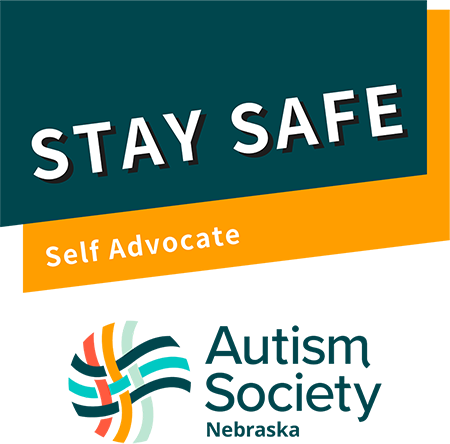The first important step in communicating feelings or being overwhelmed, or other mental health needs is to identify a trusted person. A “trusted person” can mean someone you are comfortable with and who you can trust.
Effectively communicating your needs to your “trusted person” is an important skill. It lets your trusted person know what you need and helps them to further support you in getting those needs met.
Sharing my mental health issues with a trusted person
When figuring out how to do this, a helpful tool is the 4-W’s skill handout. This includes asking questions related to who, when, where and what. It can be helpful to identify the following information:
Review
Sharing your Mental health Concerns with a Trusted Friend
Practice
Once you have answers to your 4-Ws handout, it’s time to practice! You can do a role-play with your “trusted person” or you can practice what you want to say on your own. You may consider trying this in front of a mirror.
Reflection
Questions can help you evaluate your practice. Examples:
Did I decide who my “trusted person” was?
- If so, am I comfortable talking with this person?
- If not, who else could I ask?
Did I find a good time to talk with my “trusted person”?
- If so, why did that time work well?
- If not, what may be a better time to try?
Did I find a good place to talk with this person?
- If so, why was that a good place?
- If not, where may be a better place to talk?
Did I start the conversation well?
- If so, how did that go?
- If not, what do I need to say differently?
Did I share my mental health issues clearly?
- If so, did my trusted person understand what I was sharing?
- If not, how can I share the information differently?
Did my trusted person help me get my needs met?
- If so, how did that make me feel?
- If not, I can ask my trusted person for what I need to do next
Telehealth
Online Appointment with a Therapist
When participating in distance counseling some general recommendations include the following:
- Conduct the sessions in a private location where others cannot hear you.
- Use secure video conferencing technology.
- Do not record any sessions.
- Ensure that you do not have a digital assistant (i.e. Google home, etc.) device nearby.
- Notify your counselor if you suspect any breach in your security.
- Please dress appropriately for sessions.
- Please do not use any substances prior to your appointment.
- Please choose a stationary location with a laptop or larger device (i.e. use of smart phone for video causes more difficulty with communication).
- Please do not engage in other activities during your appointment (driving, operating machinery, cooking, etc.).
- Please do not bring weapons of any kind to session.
University, C. (n.d.). Tele-Mental Health – Counseling and Psychological Services (CaPS) – Division of Student Affairs – Carnegie Mellon University. Retrieved October 19, 2020, from https://www.cmu.edu/counseling/services/tele-mental-health.html
Have a Backup Plan in Case of Technology Failure
The most reliable backup is a phone. Therefore, it is recommended that you always have a phone available, and that you provide your counselor with your phone number.
REMEMBER: If your experience does not go well, it is not necessarily because of you. Please read this letter to remember to not be hard on yourself for a health self-advocacy experience that does not go as planned. Read this very important blog & letter HERE
